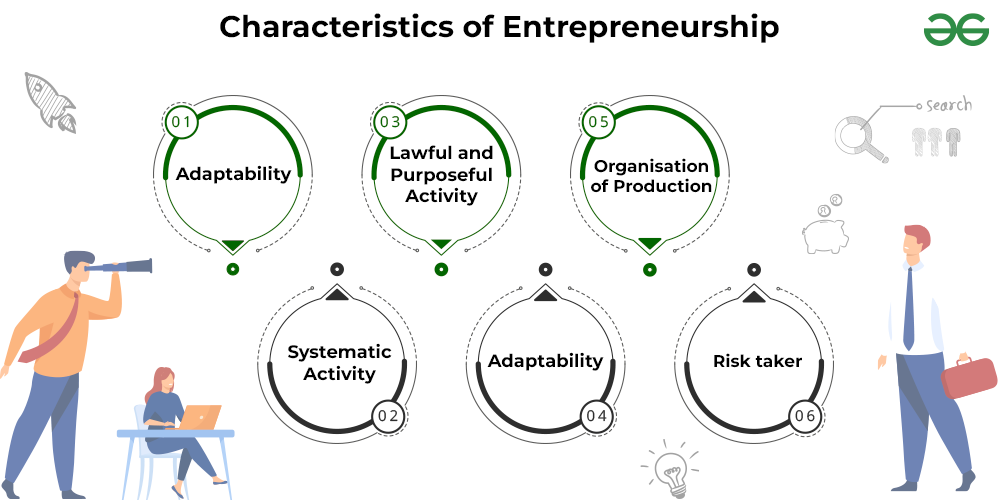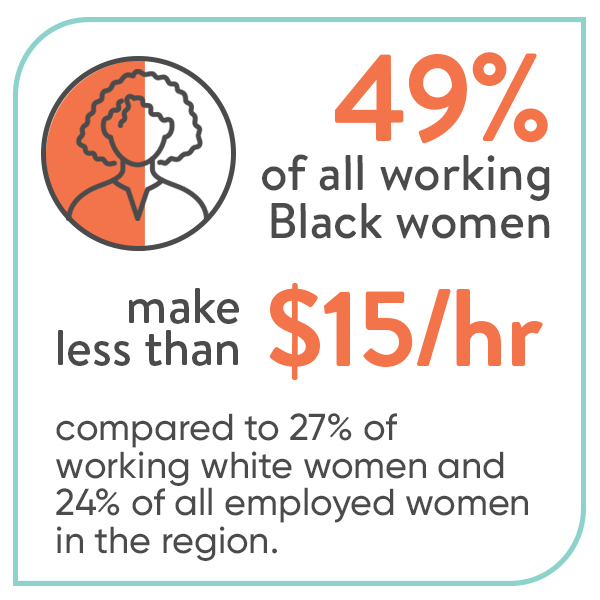
Commercial Real Estate: Understanding the Economic Impact
Commercial real estate, a fundamental pillar of the economy, is facing unprecedented challenges that could reshape the market landscape. With office vacancy rates soaring between 12% and 23% in major U.S. cities, the demand for workspace is plummeting, raising alarms about the future of property values. As financial experts assess the ramifications, the impending wave of commercial real estate loans due by 2025 looms large, potentially triggering a cascade of bank failures if delinquencies rise. Furthermore, the lack of rate cuts from the Federal Reserve, coupled with climbing interest rates, complicates the outlook for investors in this sector. The interplay between these factors signals a critical juncture for commercial real estate, making it essential to examine the broader economic impacts and the strategies that might mitigate risks.
The sector of business properties and investment spaces—often referred to as commercial properties—has entered a precarious phase, exacerbated by surging vacancy numbers and shifting economic conditions. Businesses are grappling with the repercussions of the pandemic, leading to notable declines in occupancy rates and a corresponding reduction in property values. This predicament is intertwined with the upcoming maturity of substantial real estate loans, which, if not effectively managed, could spell trouble for both lenders and the economy at large. As interest rates continue to climb, financial institutions, particularly smaller ones, are left vulnerable to potential losses from these commercial investments. Understanding this scenario underscores the intricate relationship between the real estate market and economic stability.
Understanding the Impact of Office Vacancy Rates on the Economy
High office vacancy rates, particularly in urban centers, have been a pressing concern for the economy, especially as we recover from the pandemic. The stark decline in demand for downtown office spaces has left many properties sitting empty, leading to decreased property values and a significant strain on local economies. In cities like Boston, where vacancy rates hover between 12 to 23 percent, the implications extend beyond real estate; these declines can deter new business ventures and investment, thereby stunting job growth and economic recovery.
Moreover, the negative feedback loop created by high vacancy rates can adversely affect local businesses that rely on foot traffic from office workers. As potential tenants hesitate to commit to leasing spaces, landlords are forced to cut rents, which can lead to further devaluation of properties. The loss of revenue from commercial leases means that local municipalities may see reduced tax income, impacting vital services and infrastructure that support the broader economy.
Frequently Asked Questions
How do high office vacancy rates in commercial real estate influence the overall economy?
High office vacancy rates can significantly impact the economy by depressing property values and reducing tax revenue for municipalities. When businesses occupy less space, it can lead to decreased demand for commercial real estate, which in turn may result in lower investments in local infrastructure and services. Furthermore, sustained high vacancy rates can lead to financial strain on property owners, potentially affecting their ability to maintain their properties and pay debts, which can ripple through the banking system.
What effects do rising interest rates have on commercial real estate loans?
Rising interest rates generally increase the cost of borrowing for commercial real estate loans, making it more challenging for investors and developers to finance new projects or refinance existing ones. This can lead to lower demand for commercial properties as potential buyers may be deterred by higher financing costs. Moreover, higher rates can increase the burden on current property owners, especially those facing maturing loans, resulting in greater risk of defaults.
Could a wave of bank failures stem from troubles in the commercial real estate sector?
Yes, a wave of bank failures could potentially arise from significant delinquencies in commercial real estate loans. As many regional banks have substantial exposure to these loans, increased defaults could threaten their financial stability. However, larger banks subject to more stringent regulations may be better insulated against such crises, which could mitigate the overall impact on the banking system.
How do current economic conditions affect the commercial real estate market?
Current economic conditions, particularly high interest rates and persistent office vacancy rates, are putting pressure on the commercial real estate market. These factors contribute to rising costs and declining property values, making it more difficult for investors to find profitable opportunities in an increasingly uncertain economy. Moreover, changes in work patterns post-pandemic continue to influence demand in the commercial sector.
What potential remedies exist for the challenges facing commercial real estate?
Potential remedies to address challenges in the commercial real estate sector include government measures to stimulate economic growth, lowering interest rates, and providing targeted financial assistance or bailouts for affected banks. Additionally, property owners may explore adaptive reuse of vacant properties to accommodate changing market demands, such as converting office spaces into residential units or mixed-use developments.
Can the commercial real estate downturn impact consumers directly?
Yes, the commercial real estate downturn can impact consumers directly through lower property tax revenues, which might lead to cuts in local services and infrastructure. Additionally, if regional banks suffer from the losses in commercial real estate, this could tighten their lending practices, affecting consumer access to loans for businesses and homes, potentially stifling economic growth.
What strategies do banks employ to manage risks associated with commercial real estate loans?
Banks employ various strategies to manage risks tied to commercial real estate loans, including diversifying their loan portfolios, conducting thorough risk assessments, and reserving capital to cover potential losses. Additionally, many banks engage in stress testing and closely monitor market conditions to anticipate changes that could affect their exposure to commercial real estate.
How significant is the impact of commercial real estate on the overall economic landscape?
The impact of commercial real estate on the overall economic landscape can be significant, as it encompasses a large portion of financial assets for banks and investors. A downturn in this sector can lead to reduced consumer confidence, lower employment in related industries, and financial strain on companies invested in real estate. However, it is often a sector-specific issue that can be isolated from broader economic trends unless compounded by other crises.
Will current trends in remote work continue to affect commercial real estate values?
Yes, current trends in remote work are likely to continue influencing commercial real estate values. As companies adopt hybrid or remote work models, demand for office space is expected to remain subdued. This shift in work patterns has already resulted in increased vacancy rates, and unless there is a significant reversal of these trends, further declines in commercial property values may occur.
What role do economic indicators play in forecasting the future of commercial real estate?
Economic indicators such as interest rates, employment levels, and GDP growth play a crucial role in forecasting the future of commercial real estate. These indicators can provide insights into market demand, financing costs, and overall economic health. Monitoring these factors helps investors and analysts assess potential risks and identify opportunities within the commercial real estate sector.
| Key Point | Details |
|---|---|
| High Office Vacancy Rates | Vacancy rates in major U.S. cities range from 12% to 23%, affecting property values. |
| Commercial Real Estate Debt | 20% of the $4.7 trillion commercial mortgage debt is due this year. |
| Impact on Banks | Small and medium banks with lighter regulation are most vulnerable to losses. |
| Potential for Bank Failures | Predictions for bank failures exist, but large banks are likely to weather the storm. |
| Long-term Interest Rates | A significant drop in interest rates is unlikely without a recession. |
| Regional Impact on Economy | Environmental effects of commercial real estate losses may lower consumption. |
| Comparative Analysis | Commercial real estate issues resemble emerging market defaults, but not on a global scale. |
Summary
Commercial real estate is currently facing significant challenges due to high office vacancy rates and a looming wave of debt maturities. As many companies continue to adapt to post-pandemic work environments, demand for office spaces remains suppressed, leading to concerns about the financial stability of regional banks that are heavily invested in commercial properties. While some experts warn of potential bank failures, particularly among smaller institutions, larger banks are expected to manage through these challenges effectively. The overall economy continues to show resilience, supported by a strong job market and stock performance, although the commercial real estate market remains a slow-moving crisis that could impact finance sectors as we approach 2025.


